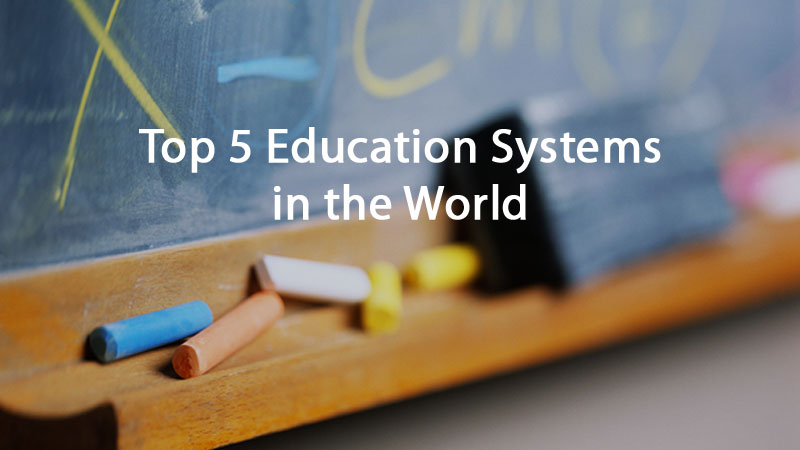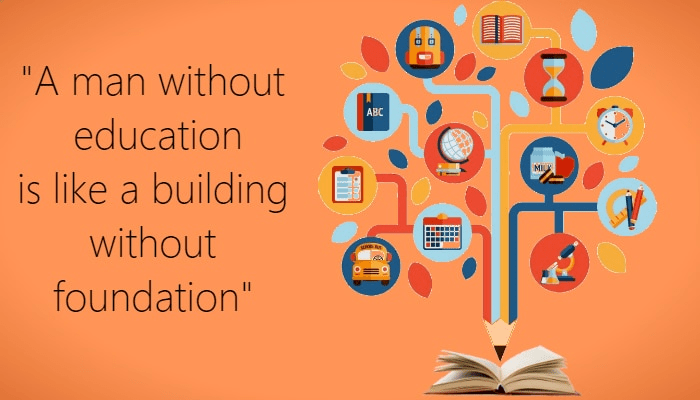Most countries around the world claim to make education a priority for their children, but some countries outshine others. The education group, Pearson, created a list of the top 20 most successful education systems. Factors like international test scores, graduation rates, amount of people pursuing higher education and other things are considered. But what is it that differentiates these nations from the average ones? What characteristics of the systems of the top five countries award them their ranking? Let’s take a look at the characteristics of the best of the best.
1. Finland- Finland’s success begins with its teachers. They are chosen from the top 10 percent of college graduates and are required to obtain a master’s degree in education. In the classroom, teachers are entrusted with the success of their students. There is not a strictly outlined curriculum; instead, teachers are able to do what is necessary to see their students improve. In Finland, 30 percent of students receive special tutoring .
2. South Korea- South Korea has invested heavily in education over the past decade. By making education a priority, young people are more willing to pursue higher education. The value of an education in South Korea is highly revered. Young people understand that obtaining a degree is the best way to ensure success later in life. A lot of pressure has been put on South Korean students, creating a competitive atmosphere in which each student wants to thrive.
3. Hong Kong- Hong Kong provides 12 years of free public schooling for every student. These schools are very structured and organized, ensuring that each student is receiving the same education. Teachers, administrators and the government are all invested in student success. Hong Kong school systems put a lot of emphasis on parent and community participation in the education of their students. Parents are devoted to helping their children both in the classroom and outside the classroom, including helping with homework and studying for exams.
4. Japan- The Japanese education system is based heavily in producing well-rounded students. From an early age, students take classes in all the regular subjects, but also take art, homemaking, music and physical education. By putting an emphasis on these subjects, students are able to learn a wide range of skills and to apply them to other subjects. The pre-high and high school years are the most important for Japanese students, as this is a time when many exams are taken to secure entrance into the best high schools.
5. Singapore- Much of Singapore’s education system consists of high-stakes examinations. Teachers are encouraged to teach what is going to be on these exams and to do it in a way that students will understand. Students from all of Singapore receive the same education because they take the same exams. Teaching is coherent and effective. Singapore also makes education a financial priority, allowing schools to have the best resources and teachers possible.
– Hannah Cleveland
 Stay tuned, exploring... ⏳
Stay tuned, exploring... ⏳







About The Author: Pernambut Blogger
Hello World! The name’s Pernambut Blogger. I am a tireless seeker of knowledge, occasional purveyor of wisdom, coincidentally founder of this blog and working as graphic designer & web developer.
More posts by Pernambut Blogger